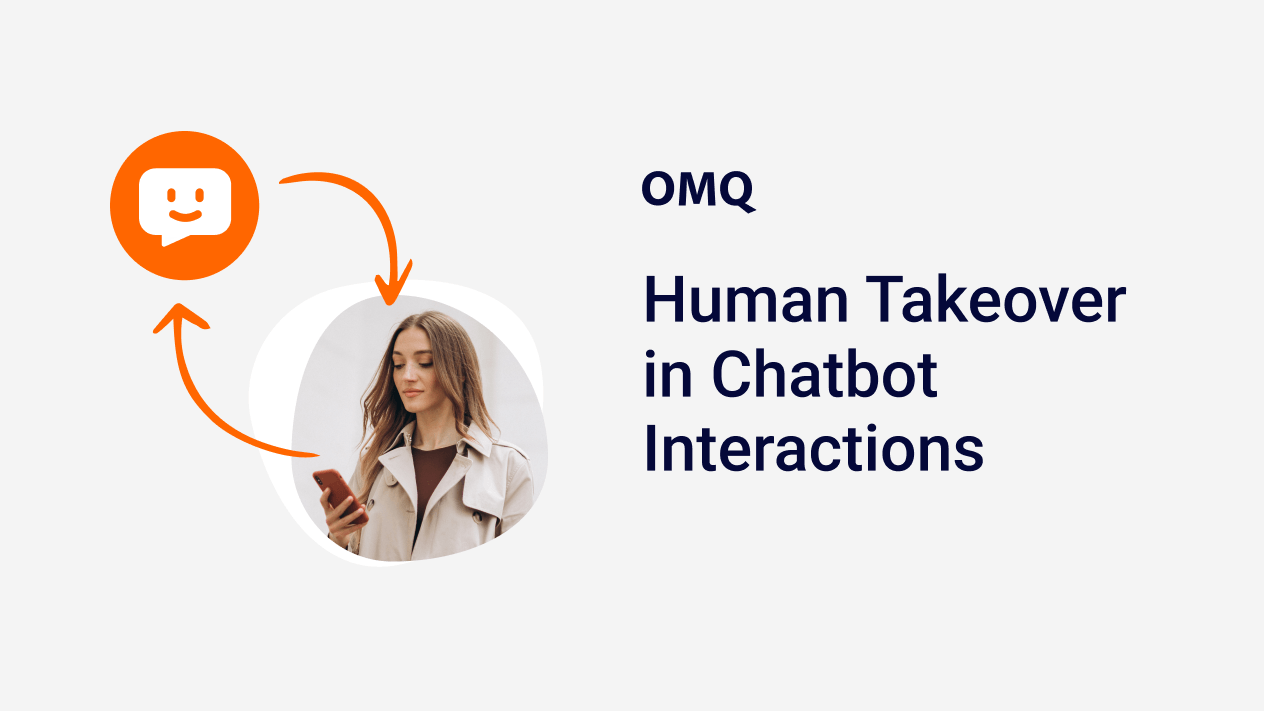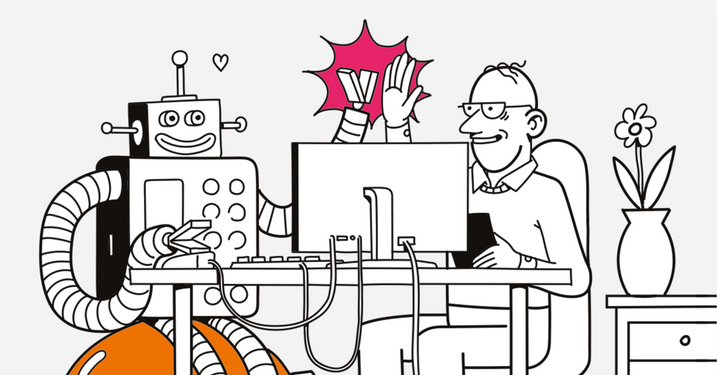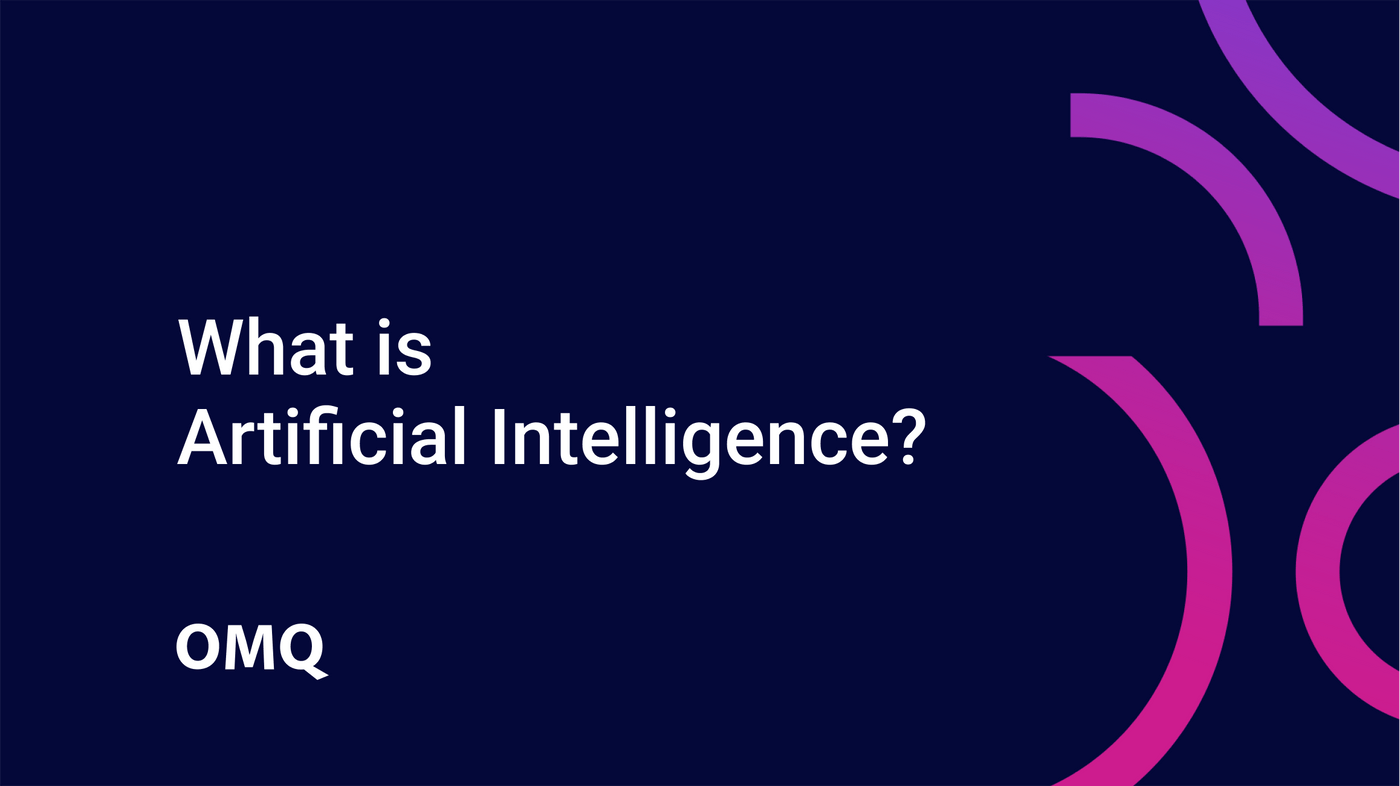Customer Service
Human Takeover: What is Chat-Human Takeover?
Discover what chat-human takeover is and how it revolutionizes customer service by enabling seamless transitions between bots and human agents.

In today’s digital world, where customer service is increasingly automated, the chat-human handoff plays a crucial role. This technology allows companies to offer the perfect mix of automation and human interaction to maximize customer satisfaction.
But what exactly is chat-human handoff, and why is it so important?
What is Human Takeover?
The chat-human handoff, also known as Human Takeover, refers to the process where an automated system like a chatbot transfers an ongoing conversation to a human agent. This typically occurs when the bot reaches its limits or when the customer explicitly requests a human contact.

Human and Bot as a Team.
The main difference between automated and human interactions lies in the ability of humans to solve complex problems and show empathy—something that machines currently struggle with.
Purpose of Chat-Human Handover
Transferring from an automated chatbot to a human agent is an essential component of an effective customer service system. While chatbots and AI agents can handle a wide range of routine inquiries quickly and efficiently, there are situations where human interaction becomes indispensable. The primary purpose of this handoff is to enhance customer satisfaction and ensure that customers receive the best possible experience.
Complexity and Emotions
Automated systems excel at handling structured and predictable tasks. They can answer frequently asked questions, track orders, or perform simple transactions. However, they reach their limits when it comes to more complex inquiries requiring nuanced responses or where emotional factors play a role. In such cases, a human agent can step in and provide more personalized support.
A human agent can not only address the specific needs of a customer but also show empathy—a crucial factor in emotionally charged situations or those requiring special attention. This ability to empathize and actively listen can make the difference between a satisfactory solution and a disappointing experience.
Improving Customer Satisfaction
The ability to seamlessly transition from an automated system to a human agent significantly enhances the customer experience. Customers feel valued and taken seriously when their concerns can be handled by a real person. This leads not only to higher satisfaction with the current service experience but also fosters trust in the company as a whole.
Strengthening Customer Loyalty
A positive experience with a human agent can have long-term effects on customer loyalty. When customers know they can always rely on a competent contact person if needed, they are more likely to remain loyal to the company and recommend it further. This loyalty is invaluable for companies and contributes significantly to stability and growth.
Efficiency through Collaboration
The combination of automated systems and human agents allows companies to optimize their resources. While chatbots efficiently handle routine inquiries, human agents are deployed for more complex cases. This division of labor ensures that both systems can fully utilize their respective strengths—automation for speed and efficiency, as well as human interaction for depth and understanding.
In summary, chat-human handoff is a crucial element in modern customer service strategy. It ensures that customers not only receive quick answers but also experience high-quality care—a critical factor for any company’s success in the digital age.
How Does Chat-Human Takeover Work?
Technically speaking, implementing an effective chat-human handoff requires careful planning and integration of contexts and intentions. Platforms like Dialogflow use specific intentions to manage conversations, enabling seamless transitions from automated systems to human agents. These systems are capable of capturing the context of a conversation and triggering human intervention when necessary.

Chat Example for Human Takeover.
Scenarios for Human Takeover
There are various scenarios where Human Takeover makes sense:
- Complexity: When a bot cannot resolve an inquiry due to its complexity.
- User Preference: Some users prefer speaking with a person.
- User Mood: If a user appears frustrated, human intervention may help.
- Criticality of Issue: For critical issues like technical failures, often requiring human involvement.
Benefits of Human Takeover
The benefits of human takeover are unmistakable and diverse. By skillfully combining automation with human interaction, companies can offer their customers personalized service that goes far beyond what pure technology can achieve. This approach enables efficient resolution of complex problems while simultaneously enhancing customer satisfaction.
A key advantage is the ability to address individual customer needs effectively. While machines excel at completing routine tasks quickly and accurately, they often lack empathy and creativity needed for unforeseen challenges; humans, however, can employ emotional intelligence effectively addressing both everyday issues as well as extraordinary ones.
Moreover, human takeover contributes significantly towards efficiency improvement especially dealing with critical topics; people have capacity not only analyzing data but interpreting it within context considering ethical cultural aspects too—this capability proves invaluable particularly fields like healthcare legal advice where well-informed decisions must account complex factors involved.
Overall integrating humans’ skills into automated processes not only improves overall quality delivered via enhanced services offered by strengthening brand image fostering innovation within organization itself ultimately resulting increased employee satisfaction stronger client retention rates—two pivotal elements ensuring long-term corporate success achieved!
Best Practices for Chat-Human Takeover
To ensure effective handoffs occur smoothly businesses should adhere following best practices:
- Preparation Phase: Define clear criteria determining when transitions should happen.
- Wait Phase: Manage user expectations during waiting periods.
- Post-Handoff Phase: Ensure seamless transitions sharing conversation logs appropriately among team members involved throughout process flow seamlessly without interruptions whatsoever encountered along way!
Challenges Implementing Human Takeover
Introducing such systems poses challenges including technical hurdles training staff handling new technologies effectively ensuring employees equipped necessary skills required navigating through changes successfully adapting accordingly over time period involved therein!
Conclusion
Balancing automation alongside interpersonal interactions remains vital achieving success within contemporary service environments today—the chat-human handoff provides valuable solution enhancing both operational efficiencies whilst simultaneously boosting overall client satisfaction levels attained thereby allowing firms leveraging technology effectively improve quality delivered ultimately building lasting relationships clients maintained throughout journey undertaken together moving forward confidently into future ahead!


